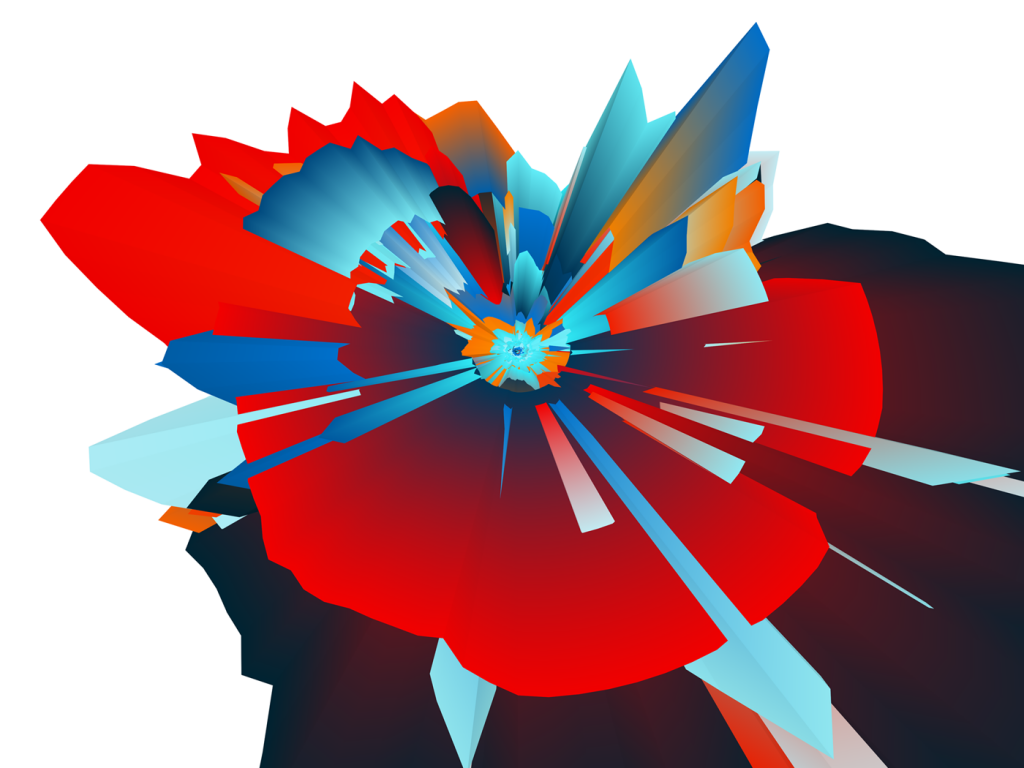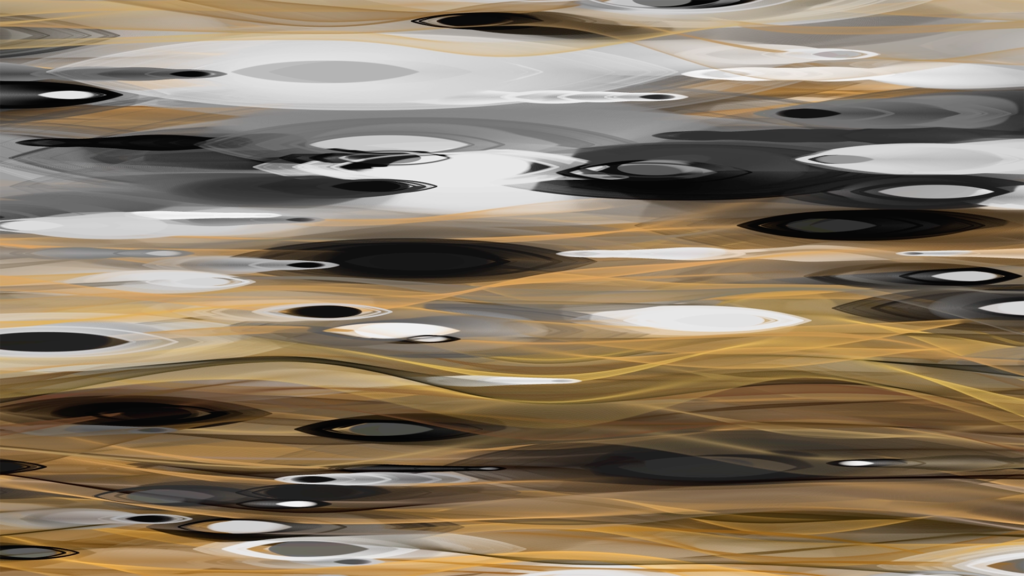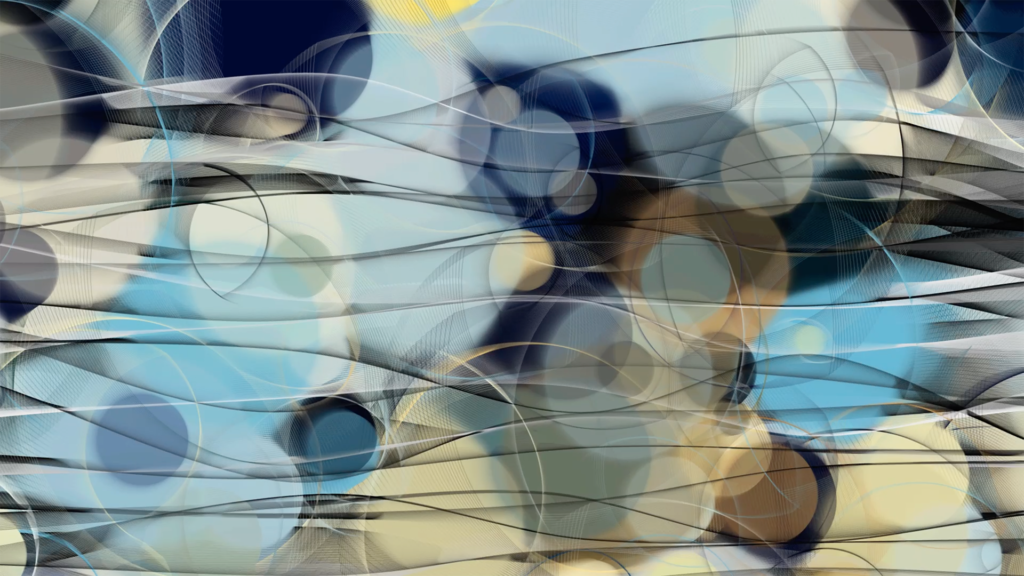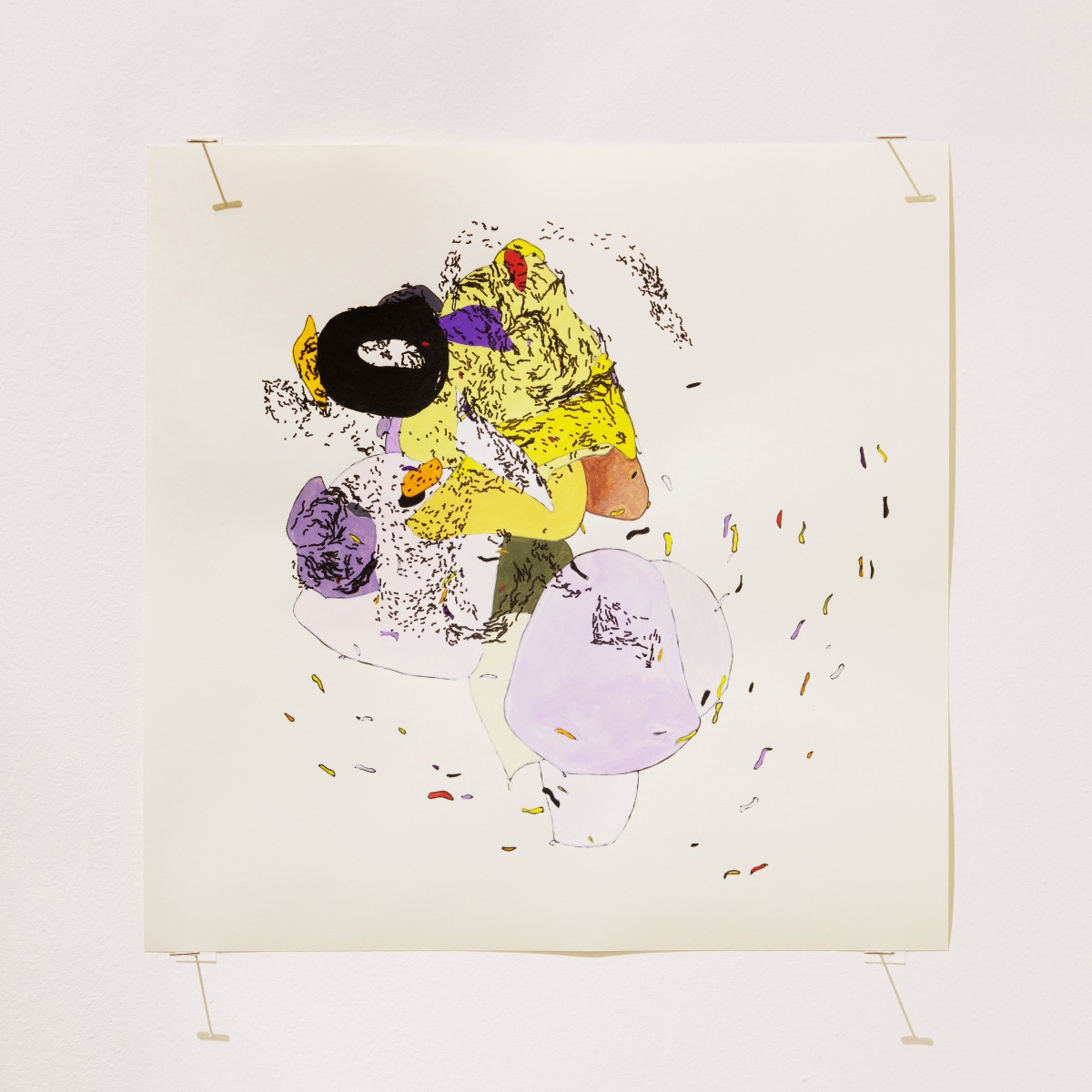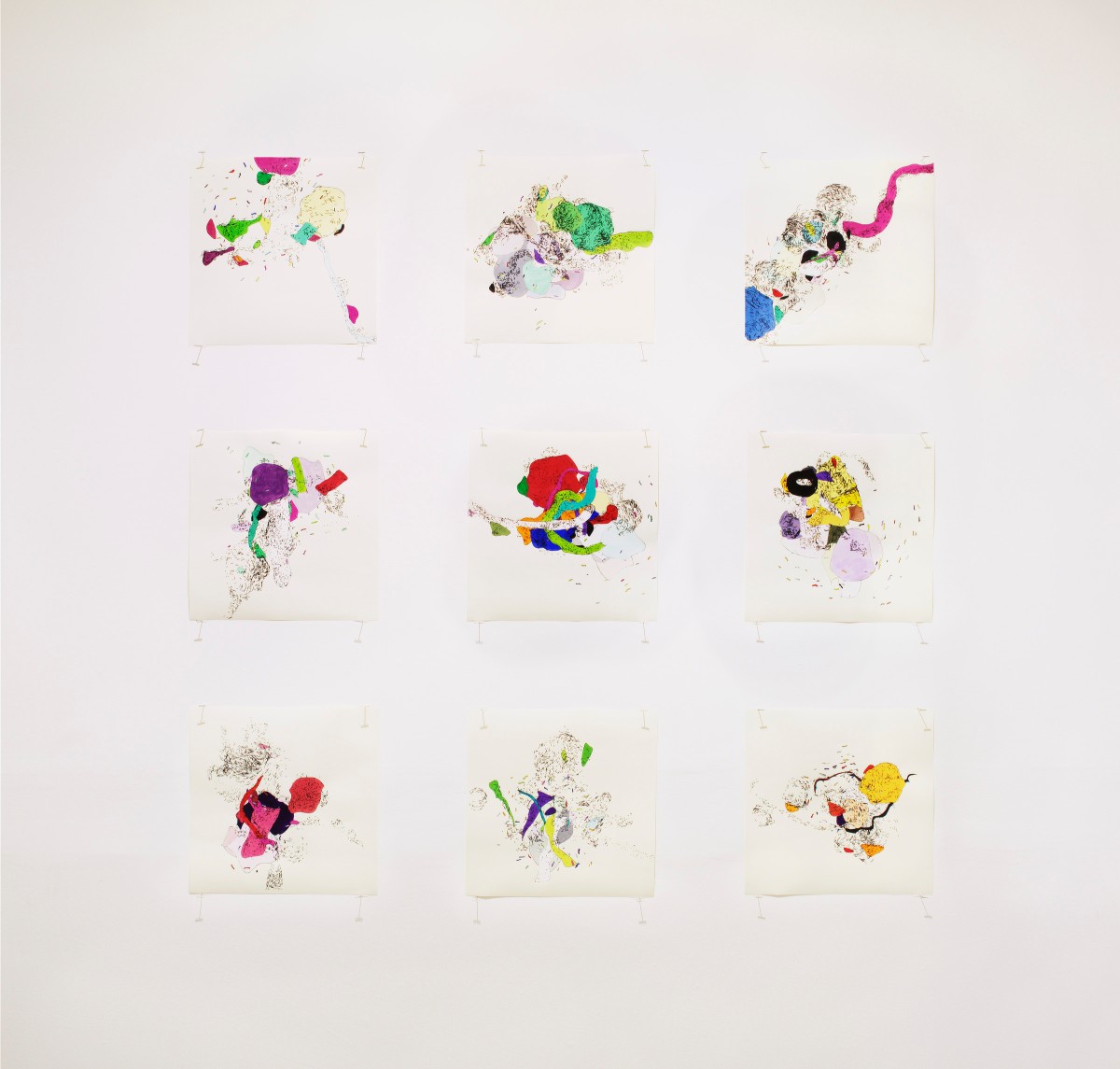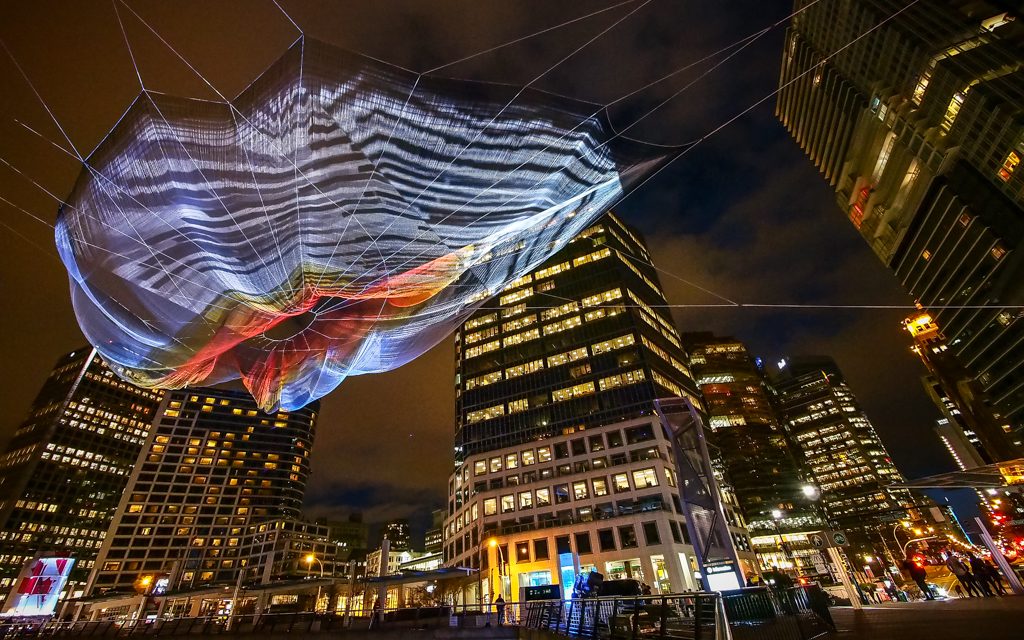Nervous System is founded by Jesse Louis-Rosenberg and Jessica Rosenkrantz. Together, the team creates designs that combines technology with art. They utilize computer simulations based on patterns in nature to generate art, jewelry, and fashion designs. The designs were further made into reality by digital fabrication.
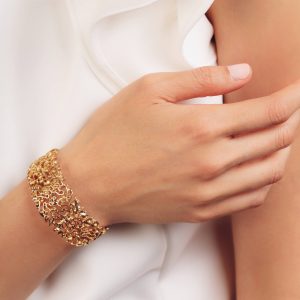
One of their recent projects is named Porifera done in 2018. It is a jewelry collection inspired by deep sea creatures, and the artwork is created with 3D printed ceramic material. Looking at the process and final printed products, I really admire the amount of hard work that the creators contributed towards this project. I was amazed by the amount of detail that the computer was able to generate. The pattern and movement throughout the form of the jewelry is very natural and refined, which made me wonder about the future market on digitally created and 3D printed designs. 
Here is the link to learn more about this project:
![[OLD FALL 2019] 15-104 • Introduction to Computing for Creative Practice](../../../../wp-content/uploads/2020/08/stop-banner.png)

